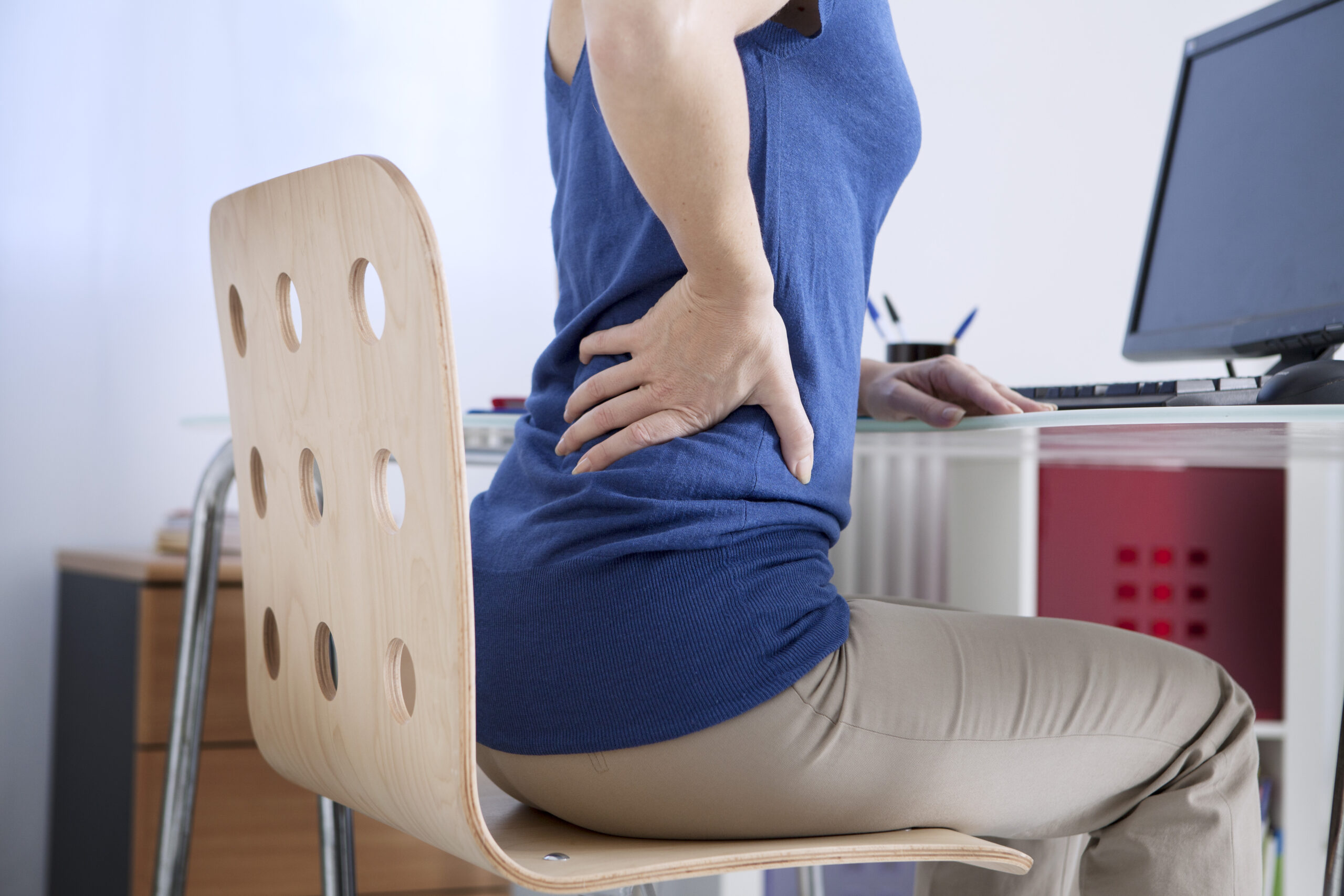
This post recommends some effective remedies to help you Manage Chronic Pain at home.
Do you often find yourself struggling with the debilitating pain of arthritis? Are you tired of relying on medications that only provide temporary relief? If so, we have great news for you! In this blog post, we will be sharing some highly effective and all-natural home remedies to help manage your chronic pain. Say goodbye to those sleepless nights and restricted movements as we dive into a world of holistic healing methods that can transform your life. So, grab a cup of tea, sit back, and get ready to discover the secrets to living well with arthritis without depending solely on medication.
What is Arthritis?
Arthritis is a chronic condition that causes pain and inflammation in the joints. The most common type of arthritis is osteoarthritis, which affects the cartilage that cushions the ends of bones in the joints. Other types of arthritis include rheumatoid arthritis and psoriatic arthritis.
Symptoms of arthritis include joint pain, stiffness, swelling, and reduced range of motion. The symptoms can vary from mild to severe and can worsen over time.
There is no cure for arthritis, but there are treatments that can help relieve the symptoms. Common treatments include pain relievers, anti-inflammatory drugs, physical therapy, and exercise. In some cases, surgery may be necessary to repair damaged joints.
Symptoms of Arthritis
There are a number of different symptoms that can be associated with arthritis, and the specific symptoms that someone experiences may depend on the type of arthritis they have. Some common symptoms of arthritis include:
-Joint pain: This is often the most noticeable symptom of arthritis, and can range from mild to severe. The pain may be constant or may only occur when the joint is used.
-Joint stiffness: This is often worse in the morning or after periods of rest. It may make it difficult to move the affected joint(s).
-Inflammation: This may cause swelling, redness, and warmth around the affected joint(s).
-Joint deformity: Over time, arthritis can cause changes in the shape of the joints, including bone growths (spurs) or loss of cartilage.
Types of Arthritis
There are many different types of arthritis, all of which can cause chronic pain. The most common types are osteoarthritis and rheumatoid arthritis. Osteoarthritis is a degenerative disease that causes the cartilage in your joints to break down. This can lead to pain, stiffness, and inflammation. Rheumatoid arthritis is an autoimmune disease that causes your body to attack the tissues in your joints. This can also lead to pain, stiffness, and inflammation. There are many other less common types of arthritis, such as gout, lupus, and fibromyalgia. Each type has its own unique set of symptoms and treatments.
Treatments for Arthritis
There are many treatments for arthritis, and the best approach depends on the type of arthritis you have. For example, osteoarthritis can be treated with weight loss, exercise, pain relievers, and hot or cold packs. Rheumatoid arthritis may require medications such as disease-modifying antirheumatic drugs (DMARDs) or biologic agents.
If you have arthritis, it’s important to work with your doctor to find an treatment plan that works for you. In some cases, a combination of different treatments is necessary to achieve pain relief.
Home Remedies for Chronic Pain
There are a number of home remedies that can be effective in managing chronic pain. These include:
- Adjusting your diet: Eating a healthy diet can help to reduce inflammation and pain. Include plenty of fruits, vegetables, and whole grains in your diet, and limit processed foods. If you find it difficult to cook, consider getting a slow cooker and making one-pot meals that you can also freeze in portions for another day. Our anti-inflammatory meal plan includes some wonderful one pot meals.
- Exercise: Exercise can help to increase range of motion and flexibility, and reduce pain. Start with low-impact activities and gradually increase your activity level as tolerated. More detailed suggestions are included below.
- Heat and cold therapy: Applying heat or cold to the affected area can help to relieve pain. Try alternating between the two methods and see which works best for you.
- Massage: Massaging the affected area can help to loosen tight muscles and improve circulation.
- Meditation and relaxation techniques: Practicing meditation or other relaxation techniques such as Mindfulness Based Stress Relief.
Diet and Nutrition
A healthy diet is important for everyone, but it’s especially important if you have arthritis. Eating a balanced diet can help reduce inflammation, maintain a healthy weight, and promote overall health.
There are many different types of anti-inflammatory foods that you can incorporate into your diet. These include:
- Fruits and vegetables: Fruits and vegetables are rich in vitamins, minerals, and antioxidants. They can help reduce inflammation and improve overall health. If you find it challenging to go to the shops for fresh food all the time, or if you are unable to stand for long periods of time to cook, then consider taking daily supplements of 30 varieties of fruit and veg in a convenient and easy-to-digest capsule.
- Omega-3 fatty acids: Omega-3 fatty acids are found in fish, nuts, and seeds. They have anti-inflammatory properties and can help reduce joint pain and stiffness.
- Whole grains: Whole grains contain fiber and other nutrients that can help reduce inflammation and improve gut health.
In addition to incorporating these anti-inflammatory foods into your diet, you should also avoid processed foods, sugar, and refined carbs. These foods can trigger inflammation and make joint pain worse. If you’re struggling to make changes to your diet on your own,
Exercise
Exercise is one of the most effective home remedies for managing chronic pain caused by arthritis. Regular physical activity helps to improve joint function and flexibility, while also reducing inflammation and pain.
There are many different types of exercises that can be beneficial for people with arthritis. Low-impact activities such as walking, swimming, and Tai Chi are all excellent choices. These activities help to increase range of motion and reduce joint stiffness without putting too much stress on the joints.
Gentle Strength-training exercises such as yoga are also important for people with arthritis. Building up muscle strength around the joints helps to protect them from further damage and can also help to reduce pain levels. There are some excellent routines you can do at home such as this Therapeutic Yoga for the Joints online routine with Shy Sayar.
It’s important to start slowly when beginning an exercise program. It’s also important to listen to your body and stop if you experience any pain or discomfort. If you’re not sure where to start, talk to your doctor or a physical therapist who can develop a safe and effective exercise plan for you.
Supplements
Independent research into Juice Plus encapsulated fruit and vegetables has shown that daily consumption can help to reduce inflammation, reduce oxidative stress and improve your body’s detoxification pathways. This is not surprising because the daily dose of fruit, vegetable and berry capsules give you 30 varieties of phytonutrients every day.
PEMF Mat from Higher Dose
If you suffer from arthritis, you know that chronic pain can make everyday activities a real challenge. You may be considering using a PEMF Mat to help manage your pain. PEMF Mats are a type of electromagnetic therapy that can help to reduce inflammation and pain. Higher Dose offers two PEMF Mats to choose from, one large one for use at home either for relaxation or even during your yoga routine, and a PEMF Go Mat that is portable so you can use it in your office chair, in the lounge or at the dining table.
PEMF Mats work by sending electromagnetic pulses through the body. These pulses help to reduce inflammation and pain by stimulating the cells and tissues. PEMF Mats are safe and effective for most people, and they have few side effects. Higher Dose PEMF Mats are some of the most powerful on the market, so you can be sure you’re getting the best possible results.
Tips and Tricks to Manage Everyday Life with Arthritis
- Get moving: Of course, this can be a catch 22 situation because if you are in pain then you may not feel able or inclined to move any more than necessary, especially during the winter months. However, exercise is one of the best things you can do to manage arthritis pain. Not only does it help to increase your range of motion and flexibility, but it also strengthens the muscles around your joints, helps you lose weight (if needed), improves your overall mood and crucially, it stimulates your detoxification pathways which will help you to maintain a strong immune system and avoid unnecessary weight gain.
- Protect your joints: When you have arthritis, it’s important to take care of your joints. This means avoiding activities that put too much stress on them, such as lifting heavy objects or participating in high-impact sports. It’s also important to use proper body mechanics when doing everyday activities, such as bending and stooping. A practitioner of the Alexander technique would be able to observe your movements and help you to make slight adjustments that could make a big difference to your daily pain levels.
- Manage your weight: If you are overweight or obese, losing even a few pounds can help to reduce the stress on your joints and lessen your pain. In addition, losing weight can also help you to avoid developing arthritis in the first place. One fun way to do this if you have a significant amount of weight to lose is by placing a bet against yourself that you can lose a certain amount in a certain length of time. There is a company that offers this so here’s a link to their website, HealthyWager.
- Consider doing a 10-day detox each month to give your system a rest. This, combined with an anti-inflammatory meal plan is likely to make a very significant difference to your physical and emotional wellbeing.
- Take medications as prescribed: If you are taking medication for your arthritis, be sure to take it exactly as prescribed by your doctor. Don’t skip doses or stop taking it without talking to your doctor first. However, if your goal is to reduce or come off medication, then keep a journal of your new health regime so you can show your doctor what you are doing proactively and ask him or her to monitor your requirement for medication and help you to need less of it over an agreed period of time.
Conclusion
Arthritis can be a debilitating condition, but with the right lifestyle changes and home remedies you can live life to the fullest. With proper diet, exercise, restful sleep, and stress reduction techniques like yoga and meditation you can reduce inflammation and manage chronic pain. I hope this article has provided some useful tips on how to cope with arthritis at home so that you stay healthy and happy for the longer term.
